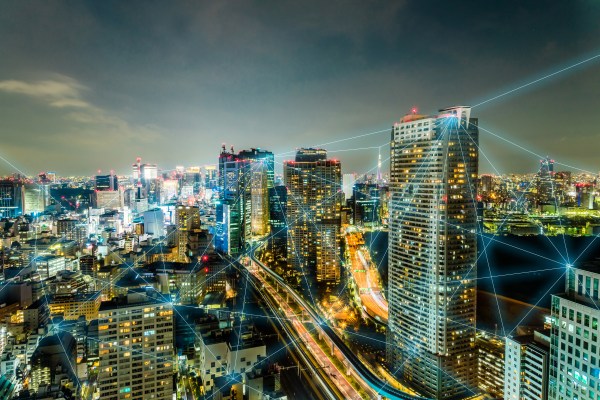Cybersecurity has established itself as an indispensable aspect of today’s digital age. In order to fully embrace the IoT, citizens, businesses and institutions have realised the need to protect themselves in an environment that is still unknown to many. It is therefore more important than ever to recognise the challenges that this dynamic poses today.
The IoT: the application of technology to everyday life
The Internet of Things is a technology that has managed to break with the way objects are used, as they now relate to one another and to the environment. This technology is about embedding smart networks into devices that are part of everyday life to make people’s lives easier, from TVs, and other household appliances such as fridges, washing machines, tumble dryers, etc., watches and even clothes, to cars, and even offers the possibility of teleworking.
The development of more powerful networks such as 5G has driven this increase in connectivity, which has led to cybercriminals posing a growing risk, especially in all the systems that make up the internet: personal data, sensitive information and even bank accounts and bank details can fall into the hands of people with malicious intent.
It is common to think that internet access from, for example, a refrigerator poses no risk. In a way, that is true, but you have to look beyond that. It should not be forgotten that the devices are interconnected through a network. Once a cybercriminal has gained access to it from any point, it is not so difficult for him to get to the computer or smartphone. This indicates the strong relationship between the IoT and cybersecurity.
And new dangers are appearing more and more frequently. One of them is botnets. As described by INCIBE, it is a set of computers, called bots, infected with a type of malware. These are remotely controlled by an attacker and can be used together to perform malicious activities. This allows hackers to use networks of IoT devices to carry out attacks. Mass spamming, theft of personal information and digital identity theft are just some of the consequences of this dynamic.
Digital transition and cyber-attacks: a growing risk
The digital transition is an issue that both institutions and businesses have made a priority. This is positive news, of course. However, it conceals a threat: cyber-attacks. These are experiencing an almost exponential growth that is increasingly alarming.
The pandemic caused by COVID-19 increased society’s dependence on connectivity, a trend that continues even now that the situation is almost normalised across much of the globe. This has created a situation in which, according to the World Economic Forum, cyberattacks are one of the 10 biggest threats facing humanity, with ransomware and phishing being the most common type of danger.
Indeed, in 2022 institutions such as the Ministry of Defence suffered more sophisticated and better organised attacks than in previous years, to cite one example.
IoT and cybersecurity: today’s risks
It is always important to refer to the danger of this technology from today’s perspective. The reason is that systems are constantly being developed precisely to minimise them. It is therefore possible to take a look at the risks that the internet of things brings with it.
Recently, the link between home security and internet networks has come into focus. Remote unlocking of doors or deactivation of alarms are becoming increasingly common. However, the threat arises when attackers attempt to enter private property. If they know how to manipulate networks, everything else falls into their hands as well.
Privacy and intimacy are another of the areas most affected. The use of video surveillance cameras or recording devices for babies can open up a very serious information gap. The images would be exposed to persons who could use them as a means of extortion or blackmail.
Finally, and in one of the worst case scenarios, cybercriminals can launch attacks between two systems. That is, they can use a home or business network to massively deliver malware to other devices. As a result, it would be more difficult to identify the perpetrator. Again, the access point can be a simple smartwatch or a smartphone.
The inevitable link between the IoT and cybersecurity poses a number of risks that specialists in this field advocate addressing from the perspective of updating software and security systems.











